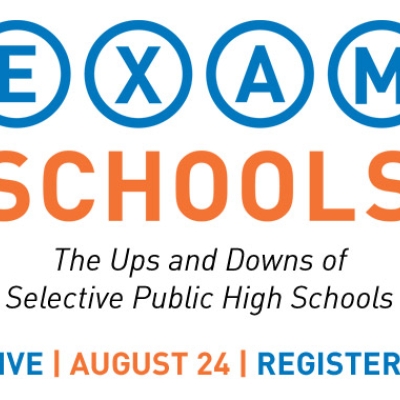Jason Bedrick at Cato is out with Cracking the Books, a new evaluation of the extent to which states are being transparent on education spending. The study scores each state zero through one hundred and assigns a letter grade based on four categories: how each state presents data on per-pupil expenditures, total expenditures, salary data, and the extent to which the data is easily accessible to the public.
At the low end of the transparency spectrum is Alaska, which doesn't even provide per-pupil data and has little in the way of publicly accessible information at all. On the other hand, New Mexico—the top-rated state—provided extremely detailed information, much of which is included on their thorough and well-organized New Mexico Sunshine Portal.
Cato rightly highlights the need for this type of data by noting, “Contrary to the common perception, public school spending has risen dramatically over the past 40 years, even after adjusting for inflation. Over the same time period, student performance on standardized tests has remained essentially flat.” From this data, policymakers can draw a number of conclusions about how states might improve.
The primary issue is how little data is reported by states, period. Cato found large numbers of states not reporting key information, including capital expenditures and employee salaries, while forty-one states did not provide any information about employee benefits. All states should see to it that they provide at least this basic information. The second issue really comes from a perception that the vast majority of states merely dump some information into spreadsheets and call it a day, while a mere handful of others appear to have a sense of obligation to make data on how taxpayer money is spent accessible to taxpayers. Even the latter group could do a better job.
I can't blame Cato for wanting to at least give a couple of states exemplary grades, and its review does a real service in promoting fiscal responsibility. The study also smartly references recent Education Next polling showing the public is generally unaware of how much money is spent on education but less likely to demand additional funding once they know the reality. Yet even its fine recommendations don’t go far enough.
The reality is that the average person will probably never visit even a well-designed, extensive, and probably costly web portal like that of New Mexico. Even if it can be assumed that the average news reporter will utilize this type of resource, it is sad but true that fiscal responsibility—especially in education—is often far from the top of the agenda for most news outlets. Instead, transparency needs to be about informing decision-makers, taxpayers, and especially parents.
States could easily require that some of the information recommended by Cato be included in property-tax bills—a practice that could be a big boost to fiscally responsible school-board members. Perhaps the most beneficial use of this information, however, would be to include it on school- and-district-accountability report cards. Whether the person reading a report card is a parent or a taxpayer, among their top concerns is likely to be how schools are using the resources they are being given.
Too much information can be overwhelming, but it would be quite helpful to ensure that report cards include a few basic data points like those suggested by Cato. In addition, they could include a measure of productivity—i.e., academic results per dollar spent—as well as a simple comparison to similar or nearby districts, not unlike the comparisons made in a 2011 report by the Center for American Progress.
Cato's Cracking the Books study provides valuable recommendations that should inform commonsense reforms in every state. But leaders should take the next step by making it their duty to inform state and local taxpayers about how their money is being spent. Ultimately, detailed information should be provided to parents and taxpayers to help them better understand how their money is being used so they can make an informed choice for their child or at the ballot box.
